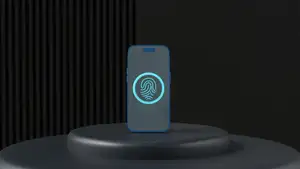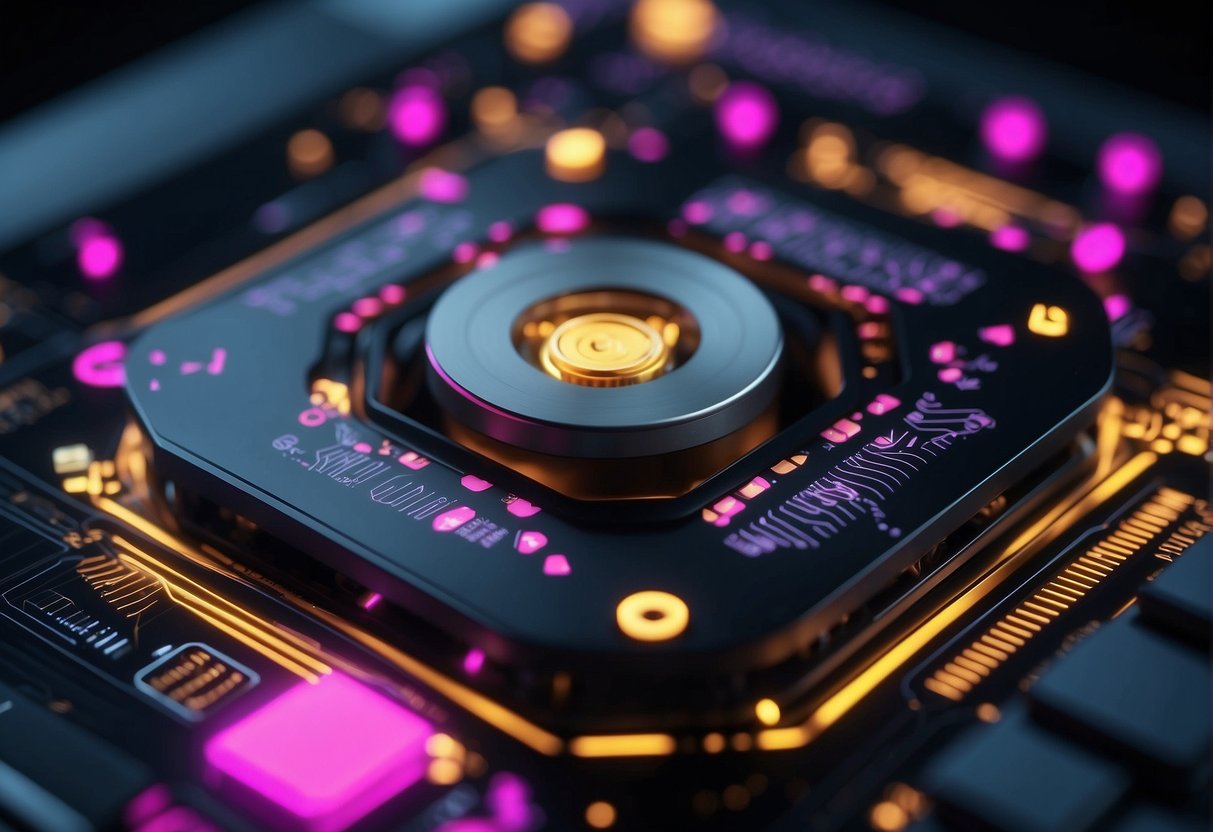
Best AI Graphic Design Generator: Revolutionizing Visual Creativity
Artificial intelligence has significantly transformed the field of graphic design, offering tools that both streamline the design process and enhance creative potential. AI graphic design generators are leading this change, enabling both professionals and novices to produce visually compelling materials. These innovative tools leverage the power of machine learning algorithms to interpret text prompts and generate diverse, creative designs, from logos and posters to complete visual identities.
The practical benefits of using an AI design generator include time savings, cost-effectiveness, and the democratization of design. They eliminate the need for extensive technical skills, making design more accessible to a wider audience. This is particularly valuable for businesses looking to quickly generate marketing materials or for individuals who wish to execute their creative vision without the steep learning curve traditionally associated with graphic design software.
To distinguish the best AI graphic design tools, one must consider their ease of use, versatility, quality of generated images, and the extent to which they can be customized. Tools like DALL-E 2 and alternatives, which are specifically engineered for image generation, have been instrumental in pushing the boundaries of what's possible with AI-enhanced creative processes. As AI technology continues to evolve, the capabilities of these design generators will expand, offering even more opportunities for innovation and creativity in the graphic design domain.
Understanding AI in Graphic Design

Artificial Intelligence (AI) has revolutionized the way graphic design is approached, offering tools that augment the creative process and deliver innovative results.
History and Evolution of AI Design Tools
The journey of AI in graphic design started with simple programs capable of basic tasks and has evolved into sophisticated systems that use machine learning and generative AI to create complex designs. Early tools were limited in their capabilities, often requiring extensive human intervention. Modern AI design tools, however, enable designers to produce intricate designs with minimal input, optimizing the user experience and efficiency.
AI vs. Traditional Design
Traditional design relies heavily on human skills and intuition, whereas AI design utilizes artificial intelligence and machine learning algorithms to interpret design briefs and generate outputs. AI tools can analyze large datasets to identify trends and produce ai-generated art, whereas traditional methods are bound by the designer's personal capacity for innovation and productivity.
The Science of AI and Image Generation
AI image generators operate on the principles of machine learning, where algorithms learn from vast datasets to produce new images. These tools apply AI technology in a way that emulates the decision-making process a human designer would go through, involving intricate variables such as composition, color, and thematic elements to create visually appealing AI-generated designs.
Key Terms in AI-Generated Design
In the realm of ai design, certain key terms are central to understanding its functioning:
- AI Art Generators: Tools that use AI to create artistic images.
- Design Tool: Software utilized in creating, editing, and managing designs.
- Generative AI: A type of AI that is used to generate new content, including images, sounds, and text.
- User Experience: The overall experience a person has while interacting with a design or system.
These entities are fundamental in grasping the impact and utility of AI in the graphic design sector.
Top AI Graphic Design Generators
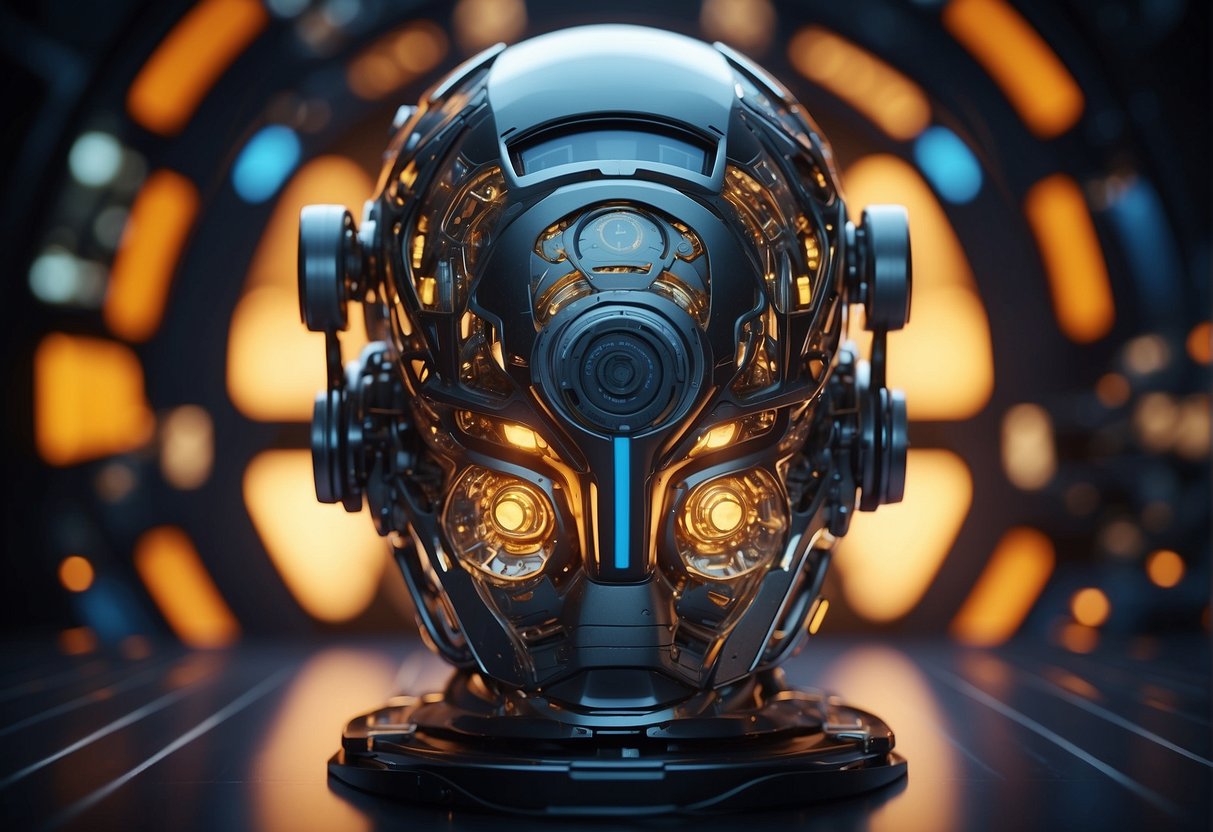
AI graphic design generators have revolutionized the way designers approach creativity, offering tools that cater to various aspects of art and design. These platforms provide diverse functionalities, from rendering photorealistic images to experimenting with artistic styles, thus broadening the horizons of branding and marketing with an AI touch.
1. Dall-E and Dall-E 2
Dall-E and its successor Dall-E 2 have set the standard in AI art generation. They are known for their ability to produce high-quality images and have been highly respected for their speed and accuracy. The platforms, developed by OpenAI, use advanced algorithms that allow for creative expressions in myriad design styles, often surprising users with their interpretations of text prompts.
2. Midjourney
Midjourney stands out for its engagement with the creative community, encouraging exploration of new design territories. This AI design generator is recognized for fostering a space where users can collaborate and push the boundaries of traditional visuals, resulting in innovative and unexpected design outputs.
3. Stable Diffusion
Powered by Stability AI, Stable Diffusion is a tool that democratizes content creation, offering access to powerful image generation capabilities. It supports users in crafting detailed visuals across a wide range of artistic styles, making it a go-to resource for those looking to infuse a unique and creative AI touch into their projects.
4. Dreamstudio
Dreamstudio has emerged as a versatile platform for users aiming to create striking visuals. It provides tools that cater to both amateur enthusiasts and professionals in marketing and fine art, assisting in the production of images that range from abstract art to photorealistic scenes.
5. Bing Image Creator
The Bing Image Creator utilizes AI to offer a distinct set of features tailored to branding and marketing needs. It includes AI touchup tools and the ability to generate visuals that align with specific branding guidelines, thus simplifying and enhancing the way businesses present themselves visually.
AI Design Features and Functionalities
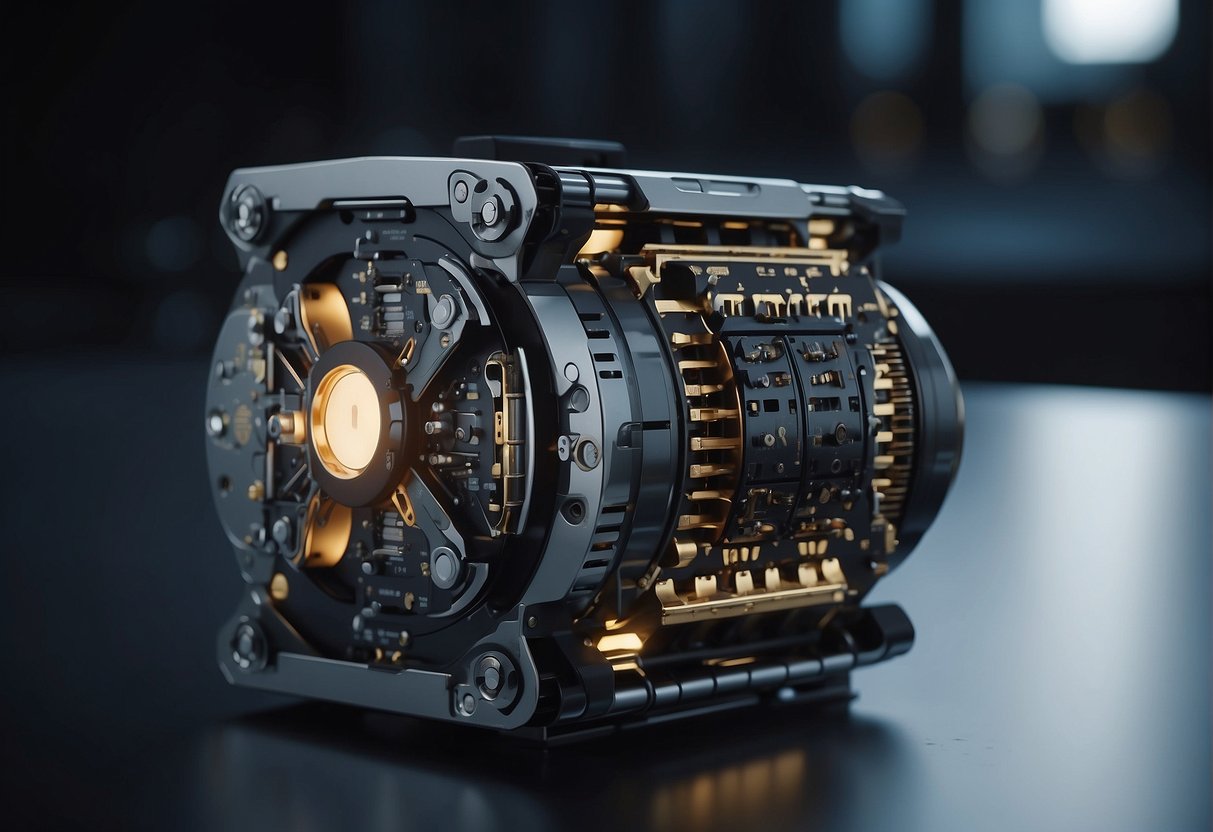
AI design generators offer a range of sophisticated features and functionalities that revolutionize the way visuals are created. They enable both professionals and hobbyists to produce custom artworks, apply design styles, and utilize user-friendly interfaces for enhanced creative expression.
Image and Art Customization
AI designers allow users to tailor images and art to their precise needs with advanced customization options. Users can modify colors, patterns, and composition with ease. This often includes the use of negative prompts, which enable the software to understand not just what to include, but also what to exclude, ensuring the final image meets the specific vision.
Text Prompts and User Interface
At the heart of many AI design tools is the text prompt functionality, allowing users to describe in words what they envision. A user-friendly interface is crucial in translating these prompts into stunning visuals. The AI interprets detailed prompts to generate designs that are aligned with user intent.
Template Libraries and Pre-Defined Styles
AI graphic design generators usually come equipped with a template library, offering a variety of pre-defined styles for quick selection. These templates serve as a starting point for users, who can then adjust design styles and elements like fonts and icons to create a unique piece.
Enhanced Design Elements
The application of AI technology further extends to enhanced design elements such as visuals and images that adapt to brand standards. Features like a brand wizard assist in maintaining brand consistency across designs. Furthermore, a wide range of fonts and icons are available for users to incorporate, enhancing the visual appeal and message clarity of their creations.
Practical Applications of AI Graphic Design Tools
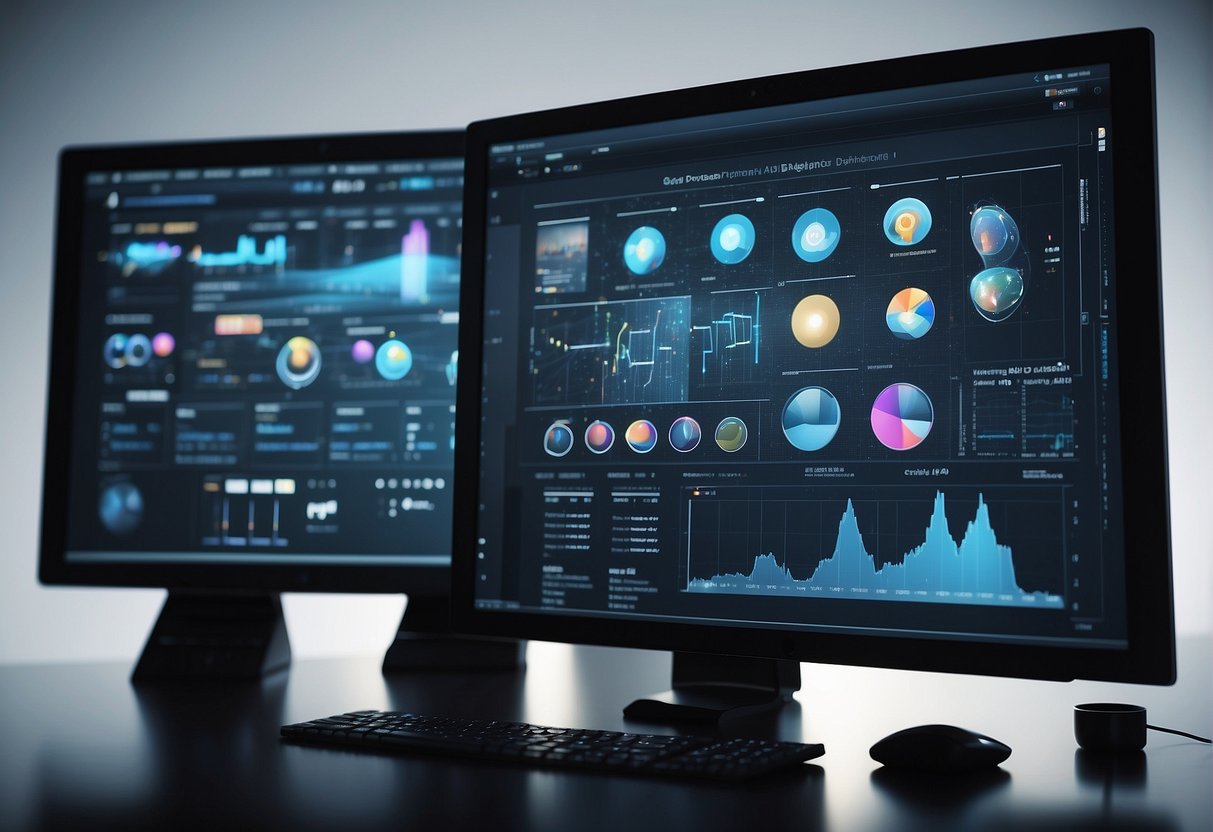
AI graphic design tools are revolutionizing the way professionals approach design tasks. They offer powerful capabilities for creating visuals that engage various target audiences, from marketing campaigns to social media posts.
Marketing and Advertising
In marketing and advertising, AI-powered design tools streamline the creation of visually appealing ads. They generate high-quality images and layouts for banners, flyers, and posters, enabling marketers to produce compelling campaigns quickly. These tools often include features that cater to specific design rules and branding guidelines, ensuring consistency across all materials.
Social Media and Digital Content Creation
For social media, AI design tools help in crafting eye-catching graphic content, from posts to stories. They often come with pre-designed templates that creators can customize, making it easy to maintain an aesthetic that resonates with their brand. The ability of AI art generators to produce infinite variations also helps in keeping social media feeds fresh and engaging.
Document and Presentation Design
In corporate settings, AI design generators are invaluable for document and presentation design, creating professional layouts and helping to visualize complex data through infographics. They enable businesses to quickly assemble reports, newsletters, and slide decks that are both informative and visually appealing, thereby enhancing the communication of key messages.
Designing Logos and Branding Materials
AI tools excel at logo design and the development of branding materials. They provide a suite of options to create professional logos tailored to a company's target audience, often with the capacity to understand and incorporate branding elements into a cohesive visual identity. This facilitates businesses in establishing a strong brand presence with less effort and time.
Considerations for AI Design Tool Users

When selecting AI design tools, users should carefully evaluate various aspects, such as copyright adherence, accessibility, community support, and cost-benefit analysis of different subscription plans. Understanding these factors can greatly impact the effectiveness and legality of their design work.
Copyright and Ethical Use
AI design tools can produce compelling visuals at an impressive speed, but users must heed copyright laws. It's essential to ensure that generated content is royalty-free or permissions are cleared. Some AI tools are equipped to handle negative prompts that exclude copyrighted material, providing an ethical pathway to original creation.
Accessibility and Community Support
The accessibility of an AI tool affects its user experience. A tool that provides robust customer service and has an active community can enhance learning and usage, especially for beginners. Community forums and dedicated support channels are valuable for troubleshooting and skill enhancement.
Choosing Between Free and Premium Plans
AI design tools may offer free versions with basic features, while premium plans or pro accounts include advanced capabilities. Users should consider the pricing structure and determine if the benefits justify the investment. A comparison table or list indicating key features across plans can assist in decision-making.
- Free Version: May include watermarks, limited resolution, or feature restrictions.
- Premium Plans: Often provide high-resolution outputs, full feature access, and commercial usage rights.
Learning and Skill Development for Beginners
Beginners should look for AI design tools that offer comprehensive tutorials and learning resources. Hands-on experience is crucial, and a tool with a gentle learning curve and interactive guides can provide significant advantages in skill development and overall user experience.
Advancing Your Design Skills with AI

Incorporating AI into graphic design can transform the skill set of creatives, enhance image quality, and keep designers aligned with the latest trends. This evolution shapes the trajectory from novice enthusiast to seasoned professional.
Enhancing Creativity and Expanding Skills
AI design generators facilitate a learning environment for artists where their creative capacities are expanded. They empower designers to try new styles and techniques, leading to a portfolio that reflects a wide range of skills. The provision of high-quality images by AI tools elevates the designer’s aesthetic, ensuring their works are visually appealing and technically sound.
Collaboration and Feedback in AI-Driven Design
Collaboration is a cornerstone in the creative community, and AI-driven design tools are introducing novel ways for feedback and collective input. These platforms often have features where the community can share, critique, and improve design work. As a result, the user experience is enriched with diverse insights, pushing both the beginner and the pro toward better outcomes.
From Amateur to Pro: Skill Growth Trajectory
Starting as a beginner in the world of graphic design can be challenging, but AI designers serve as virtual mentors, guiding through complexities. By simplifying tasks that usually require in-depth knowledge, AI allows amateurs to produce professional-grade work, facilitating a steeper skill growth curve.
Staying Updated with AI Design Trends
Design trends are ever-changing, and AI tools help creatives stay up-to-date, effectively serving the target audience's expectations. AI image generators analyze vast datasets to predict and apply trending elements, ensuring that every artist can infuse contemporary style into their work without extensive research.
By leveraging AI in graphic design, individuals can elevate their creative skills, foster meaningful collaborations, accelerate their growth, and stay ahead in a fast-paced industry.
Technical Aspects of AI Graphic Design Generators

Understanding the technical aspects of AI graphic design generators offers insight into their capabilities and limitations. It sheds light on how these sophisticated tools manage complex tasks from creating detailed images to ensuring a smooth user experience.
Under the Hood: AI Algorithms and Machine Learning
AI graphic design generators leverage complex algorithms and machine learning techniques to interpret and execute design tasks. These algorithms are trained on vast datasets, allowing the software to generate photorealistic images or stylized artwork based on user inputs. For instance, Convolutional Neural Networks (CNNs) analyze visual data and recognize patterns that emulate human artistry.
Image Quality and Generation Techniques
The image quality produced by an AI art generator is paramount. High-resolution, photorealistic images are generally achieved through techniques such as Generative Adversarial Networks (GANs) where two models compete to create and critique the output, resulting in high-fidelity designs. Additionally, neural style transfer allows the blending of different image styles into a cohesive, visually appealing piece.
Scalability and Stability of AI Tools
Scalability and stability are crucial for any AI tool. Scalability ensures that the design tool can handle a growing number of users and an increasing complexity of tasks without performance degradation. Stability guarantees that the generator operates reliably over time, minimizing crashes or bugs that could disrupt the design process.
User Interface and Experience Design
The user experience (UX) is significantly enhanced by a user-friendly interface that is approachable for both novice and professional designers. A clean, intuitive UI allows users to navigate the tool easily and access advanced features without a steep learning curve. The design tool's interface design can greatly impact productivity and the overall satisfaction with the generated artwork.
The Business Side of AI Graphic Design
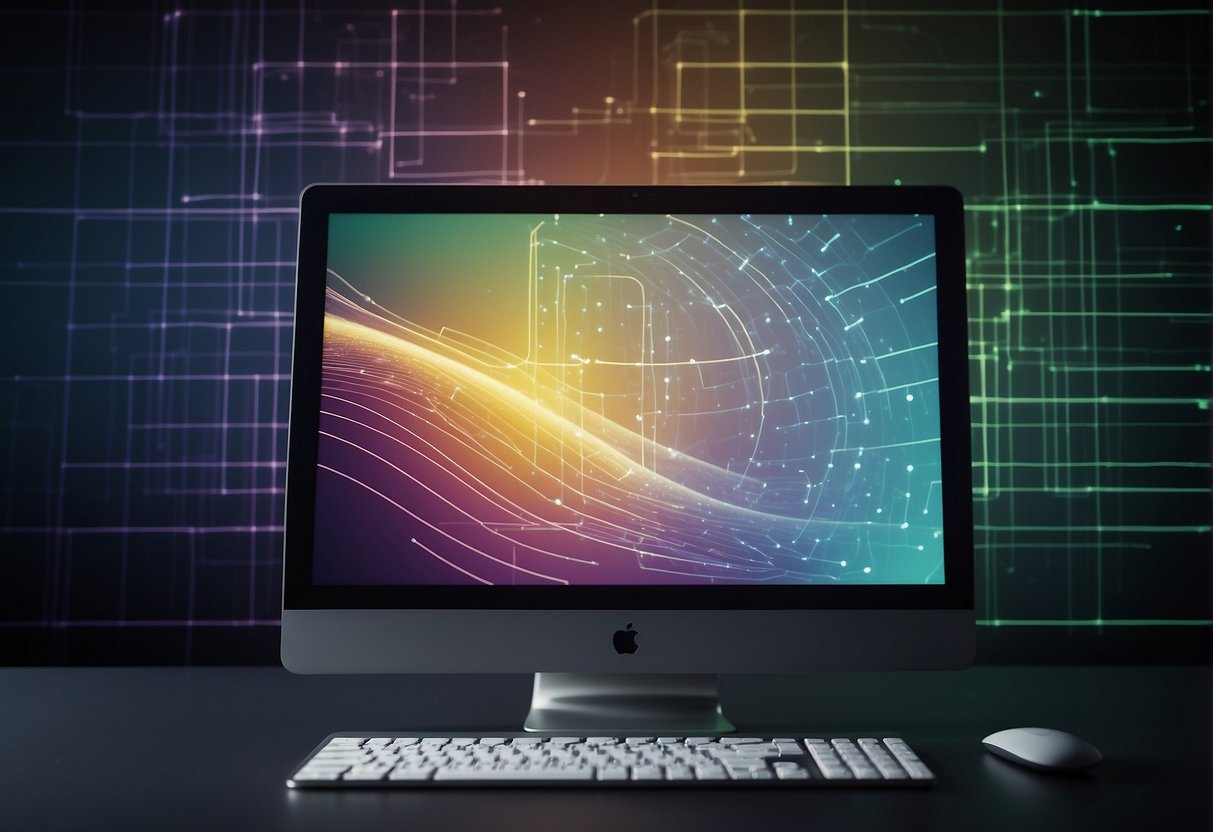
Integrating AI tools is reshaping how businesses approach marketing and brand development. By leveraging AI-generated graphics, companies can create more targeted and effective advertising campaigns.
AI Tools in Marketing and Brand Development
AI tools have revolutionized marketing strategies, enabling brands to achieve greater personalization at scale. In the domain of brand development, these technologies facilitate the rapid generation of digital artwork tailored to a company's unique aesthetic. For instance, using AI design generators, businesses can swiftly produce a plethora of design options for logos, social media graphics, and other visual assets that resonate with their target audience.
- Personalization: AI algorithms analyze customer data to create tailored marketing materials.
- Speed: Rapid design iterations allow for more agile responses to market trends.
- Consistency: AI ensures brand consistency across various platforms and formats.
Effectiveness in Advertising with AI-Generated Graphics
The effectiveness of advertising hinges on capturing attention and conveying a message quickly and memorably. AI-generated art is not just about producing an appealing image; it's about crafting visuals strategically designed to enhance ad performance.
- Targeted Ads: Tailored graphics increase relevance for the viewer, leading to better engagement.
- A/B Testing: Quickly test different graphic designs to determine which resonates best with the audience.
Through AI, firms can now deliver highly effective ads that match the precise preferences and behaviors of their audience, granting them a competitive edge in the digital marketplace.

